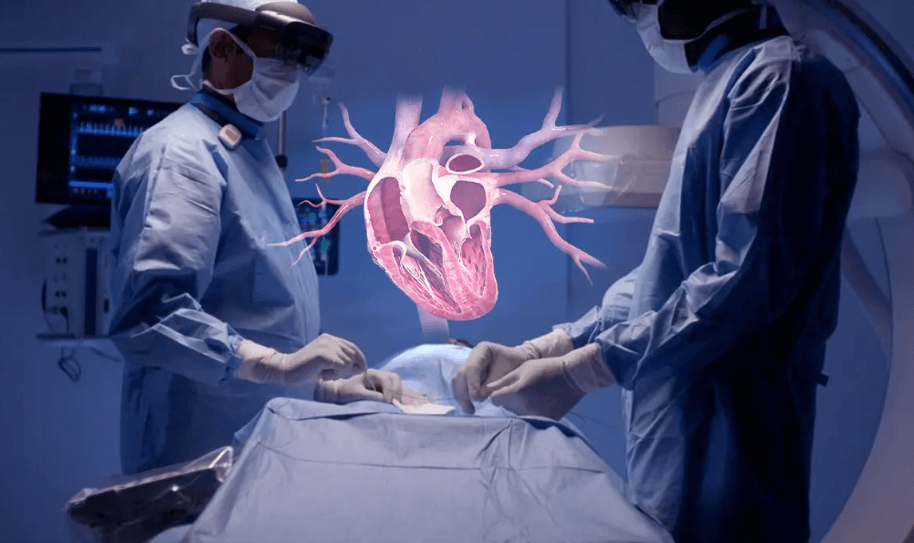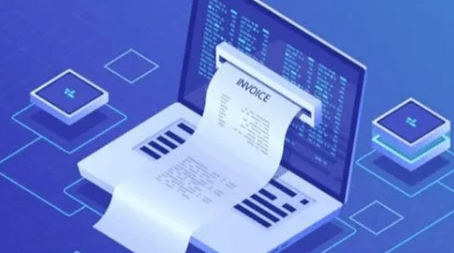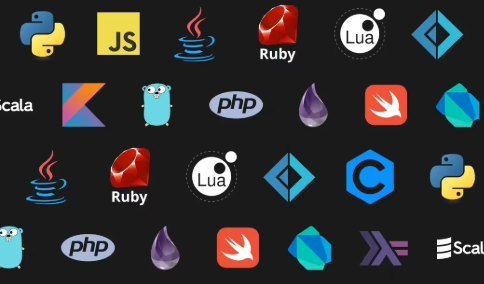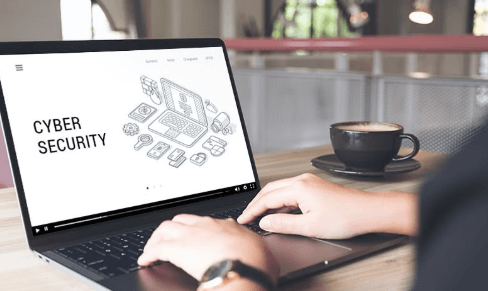How Augmented Reality Is Being Used in Healthcare Training
Augmented Reality (AR) is increasingly integrated into healthcare training, transforming traditional educational methods. By providing immersive simulations, AR enables students to practice practical skills in lifelike environments. This technology not only enhances skill acquisition through immediate feedback but also allows for personalized learning experiences. As the landscape of medical education evolves, the implications of AR in developing competent healthcare professionals warrant further exploration. What advancements lie ahead in this innovative approach?
The Role of Augmented Reality in Medical Education
As medical education evolves to meet the demands of modern healthcare, augmented reality (AR) emerges as a transformative tool that enhances the learning experience for students.
Enhancing Practical Skills Through Immersive Simulations
While traditional methods of teaching practical skills in healthcare often rely on theoretical instruction and limited hands-on experience, immersive simulations powered by augmented reality (AR) offer a more effective alternative.
These virtual practice environments allow learners to engage in realistic scenarios, enhancing their skill assessment capabilities.
Future Prospects of AR in Healthcare Training Programs
What potential advancements lie ahead for augmented reality (AR) in healthcare training programs?
Future developments may focus on personalized learning experiences, tailoring training to individual needs and preferences.
Additionally, AR can provide real-time feedback during simulations, enhancing skill acquisition and retention.
These innovations promise to create a more effective, engaging, and adaptive training environment, ultimately improving healthcare professionals’ readiness and patient outcomes.
Conclusion
In conclusion, augmented reality stands as a beacon of innovation in healthcare training, illuminating the path toward enhanced skill acquisition and personalized learning. As the landscape of medical education evolves, AR not only bridges the gap between theory and practice but also fosters the development of proficient healthcare professionals. Ultimately, the integration of this technology heralds a new era in training, where the future of patient care is shaped by immersive, effective, and engaging educational experiences.







